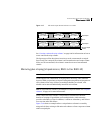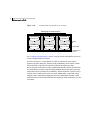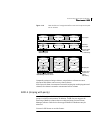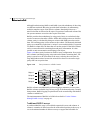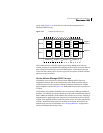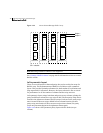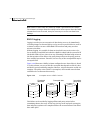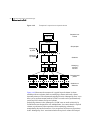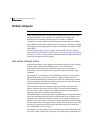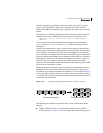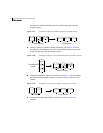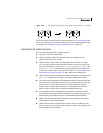
50 Understanding Veritas Volume Manager
Volume layouts in VxVM
Note: Failure of more than one column in a RAID-5 plex detaches the volume.
The volume is no longer allowed to satisfy read or write requests. Once the failed
columns have been recovered, it may be necessary to recover user data from
backups.
RAID-5 logging
Logging is used to prevent corruption of data during recovery by immediately
recording changes to data and parity to a log area on a persistent device such as
a volume on disk or in non-volatile RAM. The new data and parity are then
written to the disks.
Without logging, it is possible for data not involved in any active writes to be
lost or silently corrupted if both a disk in a RAID-5 volume and the system fail. If
this double-failure occurs, there is no way of knowing if the data being written to
the data portions of the disks or the parity being written to the parity portions
have actually been written. Therefore, the recovery of the corrupted disk may be
corrupted itself.
Figure 1-24 illustrates a RAID-5 volume configured across three disks (A, B and
C). In this volume, recovery of disk B’s corrupted data depends on disk A’s data
and disk C’s parity both being complete. However, only the data write to disk A is
complete. The parity write to disk C is incomplete, which would cause the data
on disk B to be reconstructed incorrectly.
Figure 1-24 Incomplete write to a RAID-5 volume
This failure can be avoided by logging all data and parity writes before
committing them to the array. In this way, the log can be replayed, causing the
data and parity updates to be completed before the reconstruction of the failed
drive takes place.
Completed
Corrupted data
Incomplete
Disk A Disk B Disk C
data write parity write




